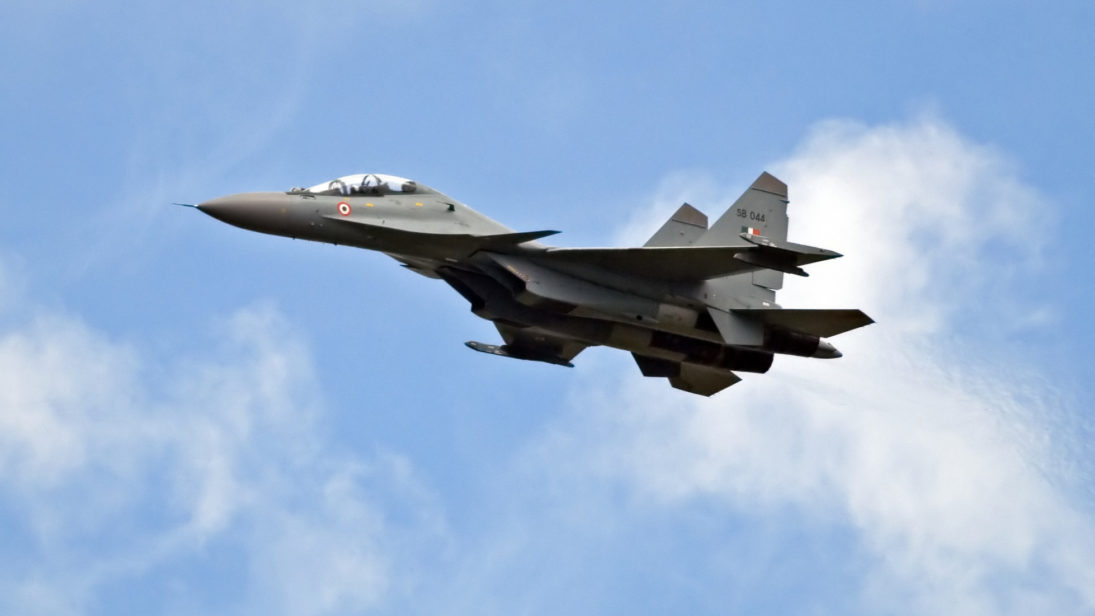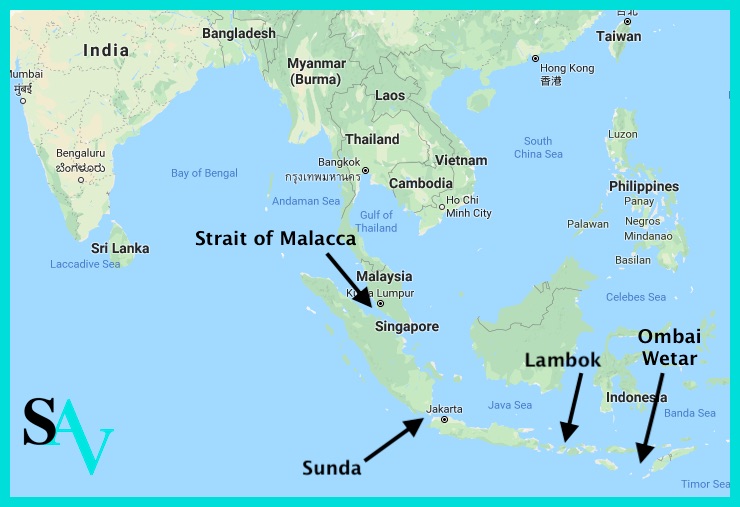
The Indian Ocean Region (IOR) has an important role to play for regional peace and prosperity as the “road of development in the twenty-first century.” A central maritime expanse bordering three continents, the IOR faces numerous challenges, such as maritime terrorism, piracy, and drug trafficking. As a major regional stakeholder, New Delhi is attempting to play a larger role in the IOR to address these challenges. However, India is not the only country with a presence in this maritime space, as is evident by the recent forays of submarines and survey ships into the Indian Ocean by the Chinese People’s Liberation Army (PLA) Navy and its joint maritime exercises with the Pakistani Navy in the Arabian Sea. Given India’s maritime interests and security ambitions in the IOR, New Delhi must strengthen its presence. To this end, India’s recent moves to establish permanent Indian Air Force (IAF) airbases in the Andaman and Nicobar Islands and organize an IAF exercise focused on maritime air operations, Operation Gagan Shakti, can be seen as crucial steps towards securing vital sea lines of communication (SLOCs) for India in the IOR.
The Andaman and Nicobar Islands in the Bay of Bengal have been a part of India since 1950 under Union Territory status. Historically, the islands were part of the Tamil Chola empire, who valued their location as strategic naval bases as early as in the eleventh century. Post-independence, India’s security focus remained mostly on its northern borders, with little attention paid to these islands, most likely due to that fact that only 37 of the 572 islands are habitable. Additionally, the consideration of its sensitive ecology and indigenous population had led to lack of development of infrastructure and security architecture in the past. However, India’s Look East Policy of the 1990’s restarted New Delhi’s strategic focus on maritime opportunities and threats as India began rebuilding ties with Southeast Asian countries in order to solidify its emergence as a regional power.
The Andaman and Nicobar Islands are critically located in the Bay of Bengal close to the Strait of Malacca, the world’s second-busiest waterway after the Strait of Hormuz and a major gateway for trade between the Middle East and growing Asian markets. The SLOC that passes through the Strait of Malacca near the Andaman and Nicobar Islands is vital to India, as over half of its trade passes through the strait. For this reason, the security of this SLOC is rapidly becoming a concern for New Delhi: in 1956, the IAF started its operations in Car Nicobar island in the Andaman archipelago on a deployment basis, meaning that IAF sent its helicopters and fighter aircrafts only as and when required. By 2001, however, the Andaman and Nicobar Command (ANC) became India’s first and only triple-service theater unified command under the charge of three-star Commanders-in-Chief from the Indian Army, Navy, and Air Force, reporting directly to the Chairman of the Chiefs of Staff Committee. Yet, until recently the ANC had merely one MI-17 helicopter unit squadron, two Dornier aircraft, and 1 Army Brigade directly under its command, in addition to 19 capital warships operated by Indian Navy. Furthermore, the Kalaikunda airbase in West Bengal has been providing air combat support for the ANC. This, in addition to the ANC’s current limited operational capabilities, renders the command unable achieve India’s stated interest in establishing dominance in and furthering maritime domain awareness in the IOR.
New Delhi’s decision to strengthen its IAF bases in the islands of the Car Nicobar and Campbell Bay by establishing permanent bases can be seen a step towards rectifying this issue, as airpower can play a role as a force multiplier to accomplishing these objectives. As some reports suggest, the airstrip at Campbell Bay island is being extended to accommodate larger, heavier aircraft, while the airbase at Car Nicobar island was made operational promptly after the 2004 tsunami in the Indian Ocean. Together, these will strengthen India’s aerial reach over the Malacca Strait and further to the Sunda, Lambok, and Ombai Wettar Straits in the eastern Indian Ocean.

In addition to the infrastructure development and deployment of more forces to the islands, there have also been moves to improve India’s maritime operational capabilities. The recently-conducted IAF exercise Gagan Shakti-2018 consisted of two weeks of extensive missions flown by Su-30 and Jaguar class fighter aircraft in conjunction with the IN P-8I MR, a long-range, multi-mission maritime patrol aircraft, and long range weapons such as the cruise missile BrahMos and long range Harpoon missiles to refine offensive and defensive tactics against maritime targets. The operation was the largest-ever series of air exercises conducted by the IAF. It crucially demonstrated an air operational range with the help of air-to-air refueling by the IL-78 Flight Refueling Aircraft. The Su-30s, airborne from a base on the eastern coast, engaged multiple targets towards the western seaboard of India at distances beyond 2500 km, and landed at a southern base, thus covering a total distance of 4000 km in a single mission, validating India’s long range strike concept. These capabilities, paired with a permanent base in the ANC, provide evidence that India has improved its capacity for air operations and maritime surveillance in the IOR significantly.
As India’s ambitions and interests in the region expand, it is important to match its maritime and air capabilities with these goals. Pairing Operation Gagan Shakti-2018 with the IAF’s move to strengthen the Car Nicobar and Campbell Bay air stations in ANC, it is clear that the scope of Indian air power in the IOR will increase substantially in the coming years. Having said that, India could afford to do more to bolster maritime dominance through airpower as there is much that is left to be achieved in terms of establishing permanent air defense and intelligence, surveillance, and reconnaissance (ISR) assets and strengthening command and control under the Commander-in Chief of the Andaman and Nicobar Islands Command (CINCAN). For now, it is a positive sign that Indian leadership and defense forces are beginning to demonstrate their intention and ability to transform India into a key player in the IOR.
***


